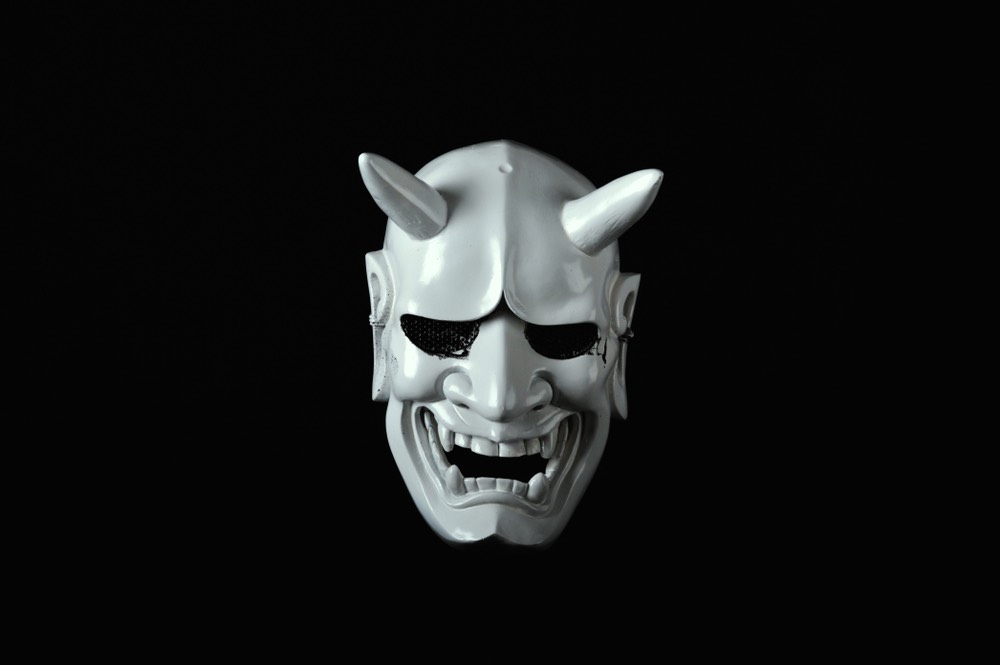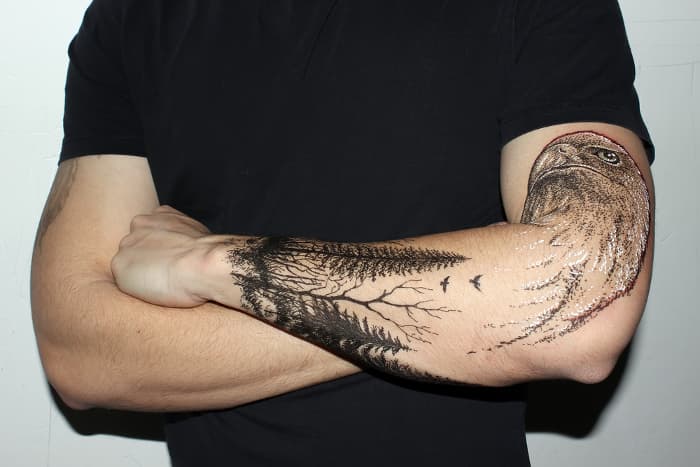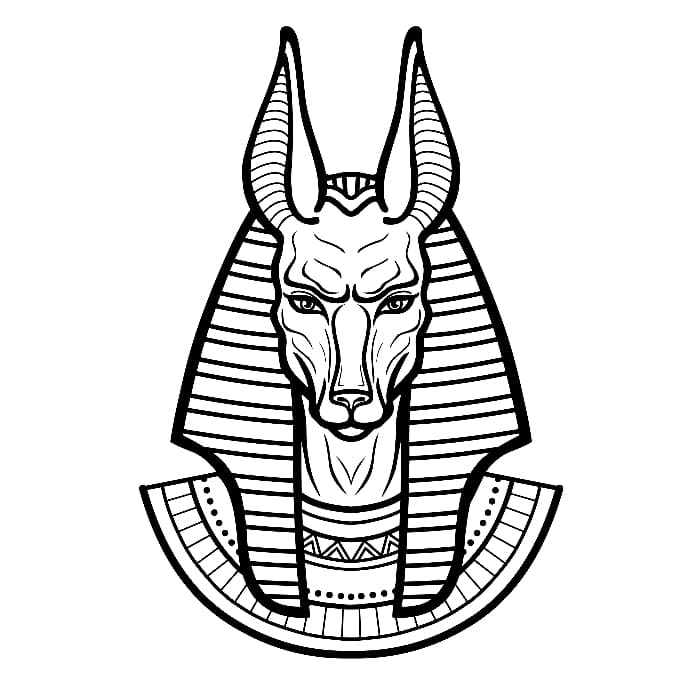Hannya mask tattoos have become a popular design choice among body art enthusiasts, drawing their inspiration from the captivating world of Japanese theater and folklore. These masks have a rich history, dating back to traditional Japanese theater like Noh and kyōgen, where they were used to represent tormented female demons overtaken by jealousy and contempt. The symbolism behind the Hannya mask is multi-faceted, embodying the complex emotions of anger, fear, betrayal, and strength.

The diverse meanings attached to the masks make them versatile and unique in the world of tattoo art. Their intricate details spark curiosity and allure, whether it’s to signify a part of the wearer’s own identity or evoke a sense of awe in those who view it. As an emblem of feminine anguish and rage, Hannya mask tattoos have resonated with people looking to illustrate the darker aspects of human emotions or experiences.
Key Takeaways
- Hannya masks have a rich history in Japanese theater, representing tormented female demons
- The symbolism behind these masks includes anger, fear, betrayal, and strength
- Hannya mask tattoos are popular for their unique and intricate designs, evoking emotions and stories
Hannya Mask History
The Hannya mask has a rich history in Japanese culture, originating from the Noh theater. Noh theater is a classical Japanese musical drama based on folklore and supernatural themes. The Hannya mask is often used to represent a tormented female demon who is overtaken by jealousy and contempt. Its distinct features include two sharp bull-like horns, metallic eyes, and a leering mouth.
In Noh plays, the Hannya mask’s appearance changes according to the degree of jealousy, resentment, and anger of the female character. This tradition dates back to the plays inspired by Prince Genji and his relationships with Lady Aoi and Lady Rokujo, reflecting the complexities of love, betrayal, and anguish.
Japanese culture and visual art have significantly influenced the use of the Hannya mask in various forms. Many artists like Katsushika Hokusai have depicted the mask in their works, showcasing its vibrant colors and intricate patterns. The Hannya mask has also become a popular motif in Irezumi, the Japanese tattooing style, often associated with the Yakuza. The striking image of the Hannya mask tattoo symbolizes the wearer’s strength, resilience, and connection to Japanese folklore.
Symbolism and Meaning
Demon and Emotions
The Hannya mask tattoo originates from Japanese folklore and theater, representing a wide range of powerful emotions and themes, like love, betrayal, and revenge. The mask portrays a woman who has been so consumed with heartbreak, possessive feelings, jealousy, and sorrow that she transforms into a demonic creature (sometimes referred to as a demon-possessed female). The Hannya mask symbolizes female anger, scorn, and power, embodying the intense emotions of jealousy, bitterness, and obsession that can drive a person to their darkest depths.
Colors and Types
There are also various colors and types of Hannya masks, with each having its unique symbolism. The traditional mask is mainly white, signifying a noble, refined woman turned demon. A red Hannya mask represents passion, intense jealousy, and a more aggressive nature, while a darker color, like black or blue, symbolizes grudge, bitterness, and resentment. The colors incorporated into the design of a Hannya mask tattoo can further emphasize the array of human emotions and degrees of demonic possession.
In Japanese folklore, there are different stages of demonic transformation: namanari, chūnari, and honnari. The namanari represent those who are still partially human, struggling with their emotions and resisting the demonic pull. The chūnari are midway in their transformation, succumbing to their darker nature, while the honnari are fully transformed into malevolent beings.
Protection and Wisdom
Despite the initially negative connotations of the Hannya mask, it can also symbolize protection and wisdom. The Hannya mask tattoo may serve as a talisman, warding off evil spirits or bad luck, reflecting the Buddhist concept of overcoming chaos and achieving enlightenment.
In certain contexts, the Hannya mask is used to represent judgment of good and evil, portraying the emotional complexity, despair, and supernatural aspects of the human experience. The mask’s association with theater, along with elements like the serpent often included in the tattoo design, emphasizes the transformative power of art and the resilience of the human spirit through adversity.
Hannya Mask Tattoos
Hannya Mask tattoos have a rich history rooted in Japanese traditional theater where the mask was used to represent a tormented female demon overtaken by jealousy and contempt. They are known to symbolize different emotions, such as anger, fear, betrayal, and strength. With their versatility, the masks depict different meanings depending on their positioning and elements incorporated into the design.
Styles and Designs
Hannya Mask tattoos can greatly differ in style, from the traditional Irezumi to a more contemporary and personalized approach. Some popular styles include:
- Irezumi: A traditional Japanese tattoo art style that incorporates bold lines, vivid colors, and intricate details.
- Black and White: A monochromatic approach that focuses on line work and shadows to define the mask’s features.
- Geometric: Incorporation of geometric shapes and patterns surrounding or integrated into the mask design, emphasizing its unique form.
In addition, Hannya Mask tattoos can be combined with other symbolic elements of Japanese culture, such as cherry blossoms, Oni masks, and dragons, to create a more complex and meaningful design.
Placement and Variety
The choice of placement for a Hannya Mask tattoo will depend on the individual’s preference and the significance of the piece. Some common placements include the arm, chest, back, and leg. This variety in placement options allows the wearer to showcase their unique skin art, whether they prefer a large and detailed design or a smaller, more subtle representation of the Hannya Mask.
Different designs of the Hannya Mask tattoo can be tailored to the wearer’s tastes and symbolism. For example, an intricately colored mask surrounded by cherry blossoms might represent overcoming a tragic experience, while a black and white demon mask might symbolize power and resilience in the face of adversity.
Stories and Characters
The story of the Hannya mask has its roots in traditional Japanese theater. As a popular prop in Noh and other classical drama forms, it portrayed a variety of stock characters, aiding the actors in conveying emotions and stories. Central to these narratives are themes of transformation, resilience, and growth.
In many plays, the Hannya mask represents a woman who has been driven to demonic possession due to intense emotions such as heartbreak, jealousy, and betrayal. These feelings manifest in her transformation into a horrifying creature, with devilish horns, somber eyes, and a wide, terror-inducing mouth. Despite her fearsome appearance, the Hannya is often portrayed as a judge of good and evil, highlighting the complexity of her character.
The Hannya’s transformation serves as a cautionary tale, reminding us of the potential consequences of letting negative emotions and obsession consume us. At the same time, the mask’s image often signifies resilience and strength, as the character persists through hardship and difficulties.
Throughout history, actors have portrayed this demonic creature with skill and precision, utilizing the Hannya mask to accentuate the intricate balance between human vulnerability and monstrous power. Whether donned by a powerful protagonist or a tormented antagonist, this iconic symbol has captivated audiences for generations and continues to inspire those seeking to explore the depths and complexities of human emotion.



